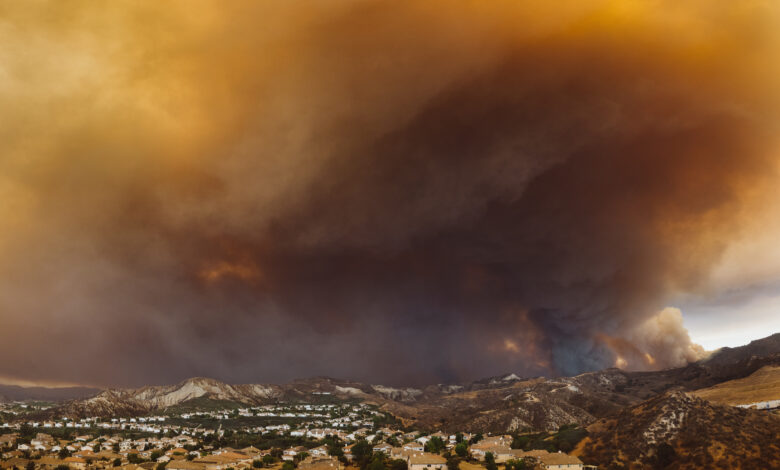From Ashes to Answers: The Delicate Process of Identifying Hawaii Wildfire Victims
As the devastating aftermath of the Hawaii wildfires unfolds, families of around 1,300 missing individuals are facing an agonizing wait for closure. Cadaver dogs are tirelessly scouring the scorched disaster zone, but the confirmed death toll of 101 is anticipated to climb, leaving loved ones anxious for answers.
Governor Josh Green of Hawaii revealed that it could take up to 10 days to ascertain an accurate death count, estimating that investigators might uncover “10 to 20 people per day probably until they finish.” However, only three of the deceased have been positively identified as of August 15, adding an additional layer of anguish for families.
Adam Weintraub, the communications director of the Hawaii Emergency Management Agency, disclosed that the task of identifying victims could extend over several months or even years. This arduous process is intensified by the immense scale of destruction within the “extremely hazardous” disaster zone and the compromised state in which many remains are likely to be discovered.
Maui County Police Chief John Pelletier offered a grim insight into the somber reality on the ground, emphasizing that the ash covering clothing carries more profound significance: “It’s not just ash on your clothing when you take it off. It’s our loved ones.”
Daniele Podini, an associate professor of forensic molecular biology at George Washington University, highlighted the complexity of victim identification, involving the collection, comparison, and analysis of various samples and records. The combination of scientific methodologies, including DNA analysis, becomes crucial in establishing identities. Chris Milroy, a professor of pathology and laboratory medicine at the University of Ottawa, acknowledged the challenges Hawaii faces due to destruction’s impact on records like dental records and documentation of medical devices. High temperatures could also obliterate fingerprints and damage potential DNA sources.
Specially trained cadaver dogs play a pivotal role in the search, capable of detecting human remains even when reduced to ashes.
The Federal Emergency Management Agency (FEMA) deployed an additional 20 cadaver dogs to aid in the efforts, although their work is constrained by temperature and rest requirements. The challenges confronting Hawaii are not uncommon in the aftermath of catastrophic disasters. Similar situations have arisen after events like the 9/11 attacks and the Grenfell Tower fire. Mike Marciano, a forensic scientist at Syracuse University, suggested that Hawaii’s investigation might benefit from federal and out-of-state resources, including assistance from the US armed forces’ DNA Identification Laboratory. Despite potential resources, the process of identifying victims is expected to be slow and meticulous, extending beyond weeks and potentially spanning months. As the grief-stricken families endure the waiting period, communities around the world stand in solidarity, acknowledging the complexity of the task at hand.






